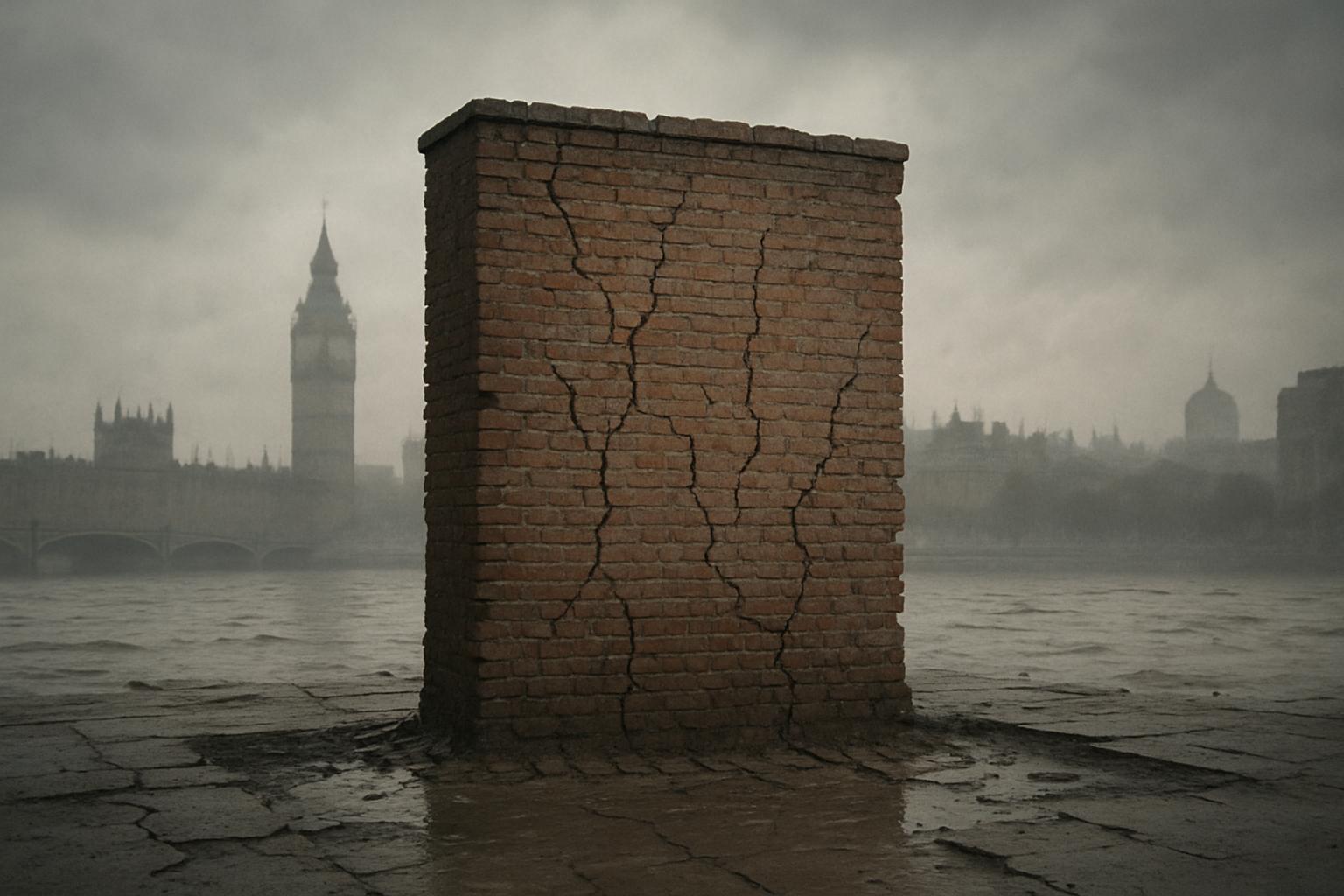Subsidence risks linked to climate change are increasingly threatening heritage sites and residential properties across the UK, with London’s characteristic shrinkable clay soil exposing many buildings to structural damage. A notable example is St John the Evangelist Church in Upper Norwood, London, a Grade II* listed Gothic Revival building currently facing subsidence issues due to soil expansion and shrinkage, driven by climate factors. This case is part of a broader pattern of climate-induced subsidence, prompting investigations into adaptive conservation measures for vulnerable heritage sites.
St John the Evangelist Church has experienced significant structural problems, including cracking and movement of its fabric, raising concerns about its long-term stability. The Church of England has responded with a major restoration project, involving underpinning of the south wall to stabilise it at an estimated cost exceeding £700,000. The initiative benefits from substantial grant funding, reflecting a coordinated effort to safeguard the church against ongoing climate-related soil movement. Alongside the practical repairs, a physically-based model is being developed to analyse the causes of structural movement more precisely, providing stakeholders with data to inform future conservation strategies in the face of a changing climate.
These challenges are far from isolated. The risk to historic buildings caused by subsidence is rising sharply in conditions of prolonged dry weather and heat, which cause clay soils to shrink and then swell unpredictably. Insurance data reveals a 40% increase in subsidence claims in the UK between January and May during periods of exceptional drought, illustrating the growing financial and conservation burdens. The London Evening Standard reports that following record-breaking heatwaves, subsidence claims in the South East doubled from £183 million to £390 million, highlighting the escalating problem in areas with clay soils. London, in particular, is highly vulnerable: studies indicate that over 40% of its homes could be affected by subsidence by 2030, a significant rise from 20% in 1990, driven by climate extremes such as heatwaves, droughts, and subsequent soil shrinkage.
The broader impact on heritage sites is exemplified by London’s Highgate Cemetery, where climate change-induced extreme weather has led to the decay of historic graves and damage to trees, increasing risks to the site’s structural integrity. Similar threats extend nationwide—in Cambridgeshire, for example, historic churches face damage from soil contraction during droughts, while freezing temperatures, torrential rains, and heatwaves further exacerbate the vulnerability of aged buildings. Experts argue that these pressures call for increased funding and innovative conservation approaches, as traditional methods are often inadequate to counteract the unpredictable effects of extreme weather patterns.
The rising subsidence problem underscores the urgent need for adaptation in heritage conservation and residential construction, especially in regions underlain by shrinkable clay. Projects like the one at St John the Evangelist Church are pioneering efforts to develop data-driven responses, helping stakeholders balance preservation with resilience. As climate change continues to alter the environment, such targeted interventions and collaborative funding will be essential to protect both historic legacy and living communities from the widening impacts of ground movement due to subsidence.
📌 Reference Map:
- Paragraph 1 – [1], [3], [7]
- Paragraph 2 – [1], [2]
- Paragraph 3 – [3], [5], [7]
- Paragraph 4 – [4], [6], [3]
- Paragraph 5 – [1], [2], [3], [5], [7]
Source: Noah Wire Services
